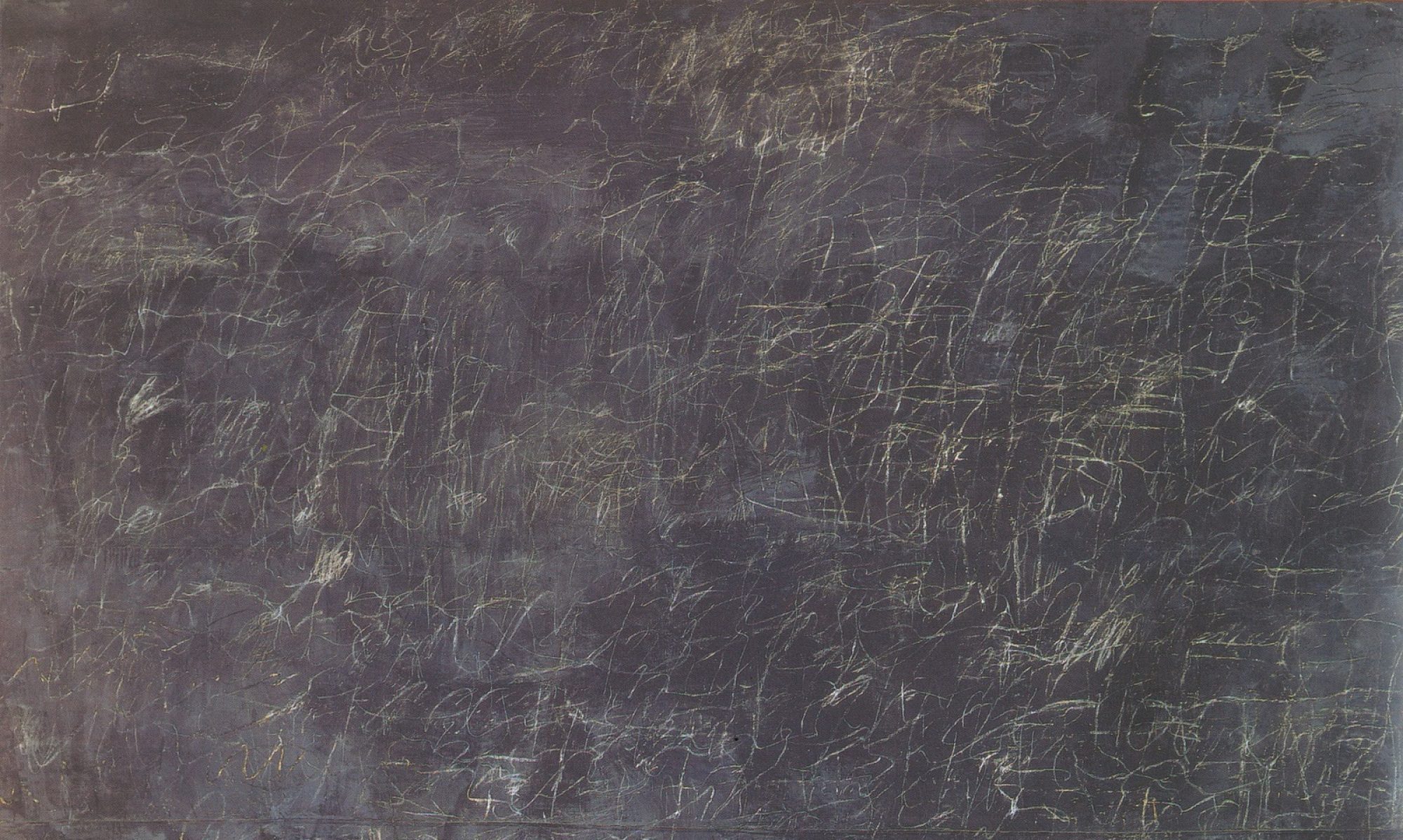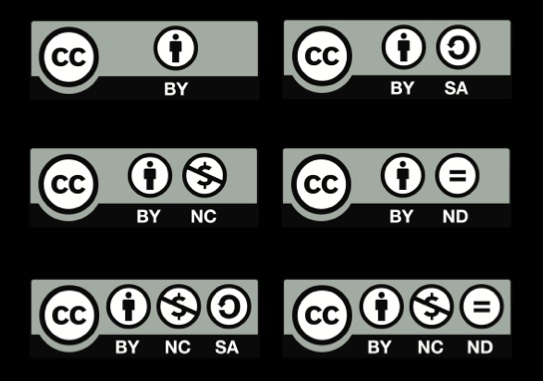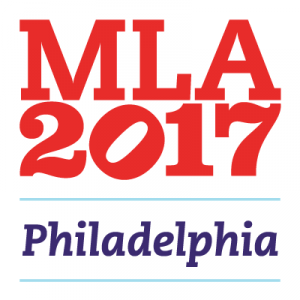#BLM: Technologies of Public Protest
Video recordings of the symposium proceedings are available at the CDSC YouTube channel.
Since the summer of 2013, #BlackLivesMatter has linked myriad, loosely affiliated protests against pervasive anti-Black violence in the United States. Shortly after George Zimmerman’s acquittal, Alicia Garza originated the phrase on Facebook with her affirmation, “Our Lives Matter, Black Lives Matter.” The hashtag has since served as a banner uniting condemnations of extrajudicial violence against Black people. According to the movement’s website, #BlackLivesMatter makes a unique contribution to the history of Black activism because it affirms “the lives of Black queer folks, disabled folks, Black-undocumented folks, folks with records, women and all Black lives along the gender spectrum.” The formulation of a Black Nationalist movement founded on gender and sexual variance breaks new ground for civil rights protests. At the same time, the echo of W.E.B. DuBois’s masterpiece The Souls of Black Folk implies a need to reconsider histories of public protest with an eye toward various embodied practices. The official website asks us to imagine a new future continuous with past lives.
What new kinds of pleasure or pain might we learn to recognize if we account for the richness of Black material life? And what do those material lives have to do with the virtual spaces we create with media technologies? This symposium will explore the relationship between material Black life and the virtual spaces that have situated contemporary resistance to abiding forms of racism within the landscape of mass media. Like any mass movement, #BlackLivesMatter organizes a virtual public that is as much imagined as manifested in local protests. Yet more than most, #BlackLivesMatter calls attention to the materiality of precarious life. The iconographic status of Eric Garner’s breath, Michael Brown’s hands, and Trayvon Martin’s hoodie sets the stage for considering less visible but equally central aspects of Black embodiment.
Featured Speakers: Bergis Jules (UC Riverside), TreaAndrea Russworm (UMass Amherst), and Teresa Zackodnik (U Alberta)
Join us at the Center for Digital Scholarship and Curation, 4th floor Holland Library
Friday, October 7th, 9:30am-4:30pm
Symposium Schedule
Morning Session
9:30am: Coffee
9:45am: Opening remarks & welcome
10:00am: Teresa Zackodnik, “Intense Continuities”: Media Technologies of Black Protest
11:15am: Bergis Jules, The Ethics of Documenting Social Movements
Lunch Break 12:30pm to 1:30pm
Afternoon Session
1:45pm: TreaAndrea Russworm, Race, Technology, and the Problem of Recognition
3:00pm: Roundtable featuring speakers with Thabiti Lewis
4:15pm: Closing remarks & acknowledgements
Histories of Digital Labor
The semester just got underway and already I am looking forward to MLA 2017. Organizers announced panel details today, so I can share some logistics concerning Histories of Digital Labor:
MLA2017, Session 649
Saturday, 7 January
5:15–6:30 p.m., Franklin 5, Philadelphia Marriott
Program arranged by the MLA Committee on Information Technology
- “The Human Computer Project: African American Women at NASA, 1943–70,” Duchess Harris, Macalester Coll.; Francena Turner, Univ. of Illinois, Urbana
- “Early Histories of OCR (Optical Character Recognition): Mary Jameson and Reading Optophones,” Tiffany Chan, Univ. of Victoria; Jentery Sayers, Univ. of Victoria
- “Pan-American Made: Archival Work at the University of the Air,” David Squires, Washington State Univ., Pullman
- “Vital Work: Information Science and Invisible Labor in The Infernal Desire Machines of Doctor Hoffman,” Madeleine Monson-Rosen, Loyola Univ., Baltimore
Shawna Ross (Texas A&M) organized the panel and will be presiding. Needless to say, I’m thrilled to be presenting with such smart folks. Shawna posted paper abstracts at her site for anyone curious to read more. My abstract is here.
“Pan-American Made: Archival Work at the University of the Air”
This paper proposes an alternative history of archive-based digital humanities projects. Rather than beginning with digital media and screen-based texts, it considers radio broadcasting as a seminal form of electronic transmission that pioneered the unsustainable ideology of dematerialization now pervasive in our world of cloud computing. Tracing that ideology back to early educational radio-—known as “schools of the air”-—shows how electronic media historically has obscured both the materiality of information and the labor of transmitting it. In particular, this paper reconstructs the making of a radio play produced by poets Archibald MacLeish and Muna Lee for NBC’s Inter-American University of the Air. As Librarian of Congress, MacLeish conceived of the play as a PanAmerican outreach program to promote hemispheric solidarity during WWII. His vision of a single America depended on radio’s ability to share “scholars’ stone-quarries” full of primary documents with a transnational audience.
Reimagining access to the Library of Congress in terms of broadcast, MacLeish prefigured contemporary calls to democratize library collections using digital media. As Roger Chartier famously put it in 1993, “texts are no longer prisoners of their original physical, material existence.” Despite the revolutionary charge Chartier lent to digital transmission as liberator of text, his formulation privileged collections over the people who maintain and circulate them by ascribing archival work to information technology itself. MacLeish makes an instructive precursor because his work with radio promoted his name on air while also marking its historical value in print. His collaborator meanwhile provided the research and materials that became The American Story. Yet Lee received no public recognition for her work beyond the acknowledgements section of MacLeish’s published transcripts, illustrating how gendered and ethnic paternalism obscured archival labor as a condition of possibility for new media experiments in education.



